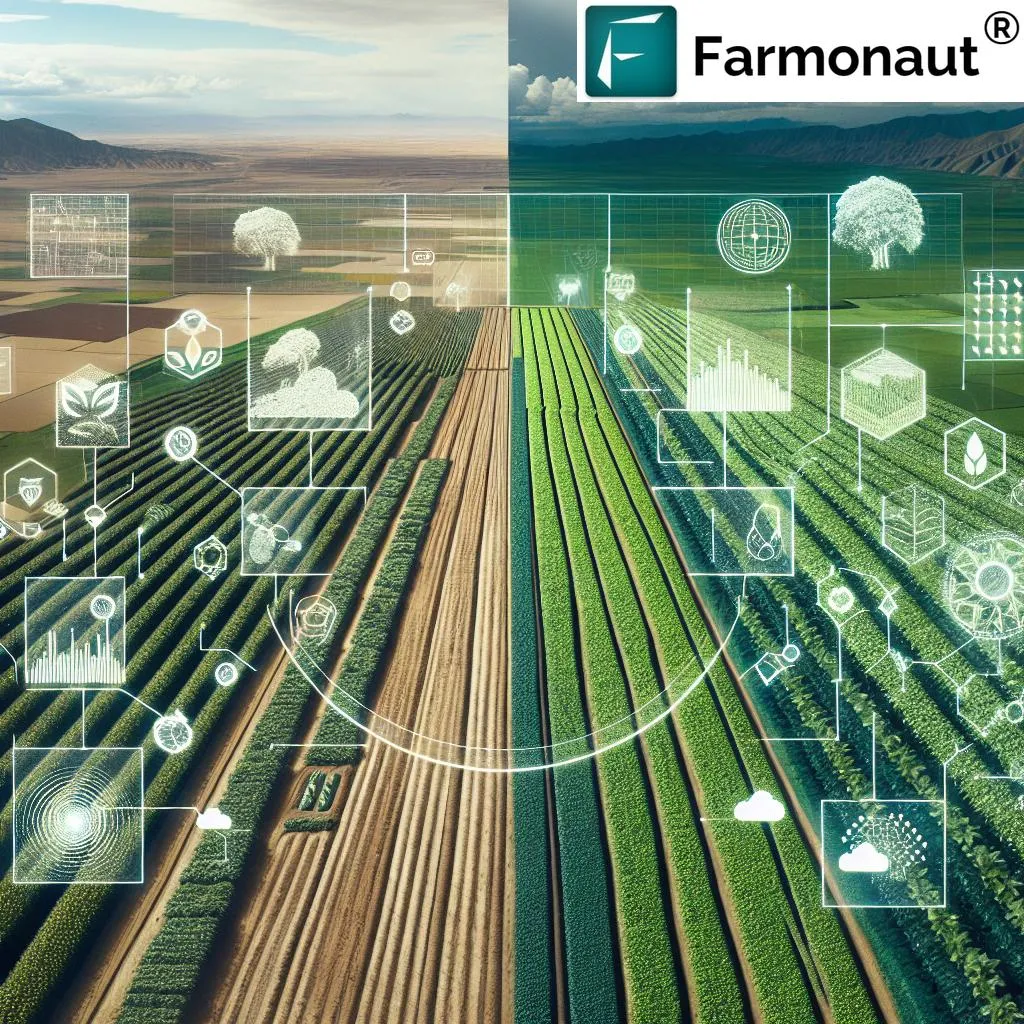In the rugged highlands of Peru, where agriculture is as challenging as it is vital, a new technological breakthrough is offering hope for farmers battling the impacts of climate change. Researchers have developed a LoRaWAN-based Internet of Things (IoT) system designed to collect and transmit crucial agricultural data in remote, high-altitude regions where traditional internet connectivity is scarce.
The system, detailed in a study published in *Smart Agricultural Technology*, integrates sensors for temperature, humidity, solar radiation, wind speed, and wind direction. These sensors transmit data via long-range, low-power communication to an IoT server, enabling farmers and agronomists to make informed decisions based on real-time environmental data.
“Our goal was to overcome the connectivity barriers that have long plagued high-Andean agriculture,” said Godofredo Quea Lopez, the lead author of the study and a researcher at Universidad Peruana Union in Peru. “By leveraging LoRaWAN technology, we can provide farmers with the data they need to optimize their practices and build resilience against climate variability.”
The field tests, conducted at an elevation of 3,800 meters above sea level, demonstrated impressive results. The system achieved communication distances of 5 km and 10 km with a 100% successful transmission rate. The sensor nodes, powered by solar energy, operated autonomously and continuously, ensuring reliable data collection even in the most remote areas.
The implications for the agriculture sector are significant. High-Andean regions, often characterized by harsh climates and limited infrastructure, stand to benefit greatly from this technology. By providing real-time data on key environmental parameters, the system can help farmers optimize irrigation, planting schedules, and pest management, ultimately improving crop yields and sustainability.
“This technology has the potential to revolutionize agriculture in high-altitude regions,” Lopez added. “It’s not just about collecting data; it’s about empowering farmers with the tools they need to adapt and thrive in a changing climate.”
The commercial impact of this research could be profound. As climate change continues to pose challenges to global agriculture, the demand for innovative, sustainable solutions is growing. The LoRaWAN-based system offers a scalable and cost-effective approach to remote monitoring, making it an attractive option for agricultural enterprises looking to enhance their operations and resilience.
Looking ahead, the success of this prototype could pave the way for similar IoT systems in other challenging agricultural environments. As technology advances, the integration of AI and machine learning could further enhance the system’s capabilities, providing even more sophisticated insights and recommendations for farmers.
In the fight against climate change and food insecurity, technology like this represents a beacon of hope. By bridging the connectivity gap in high-Andean regions, researchers are not only improving agricultural practices but also contributing to the broader goal of global food security.

